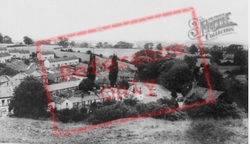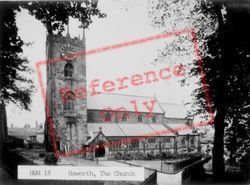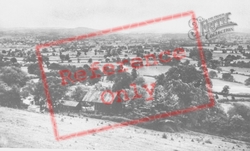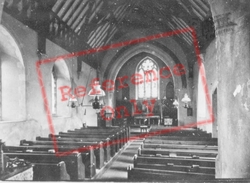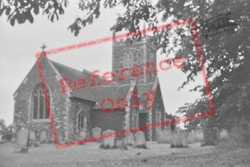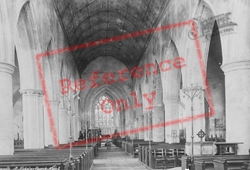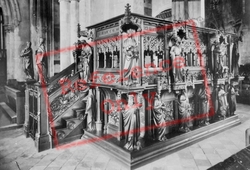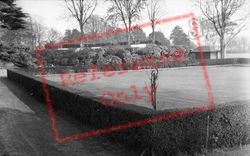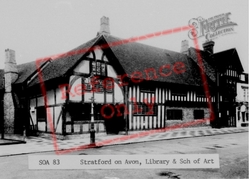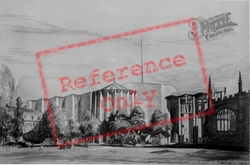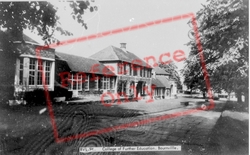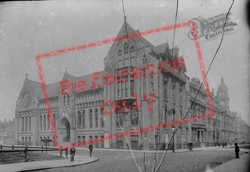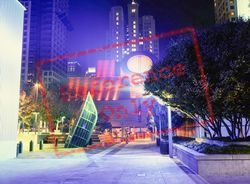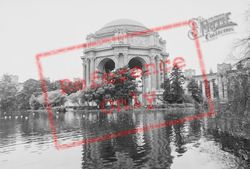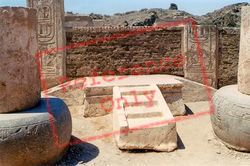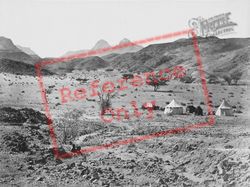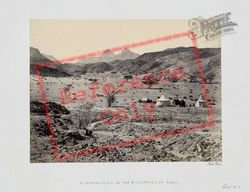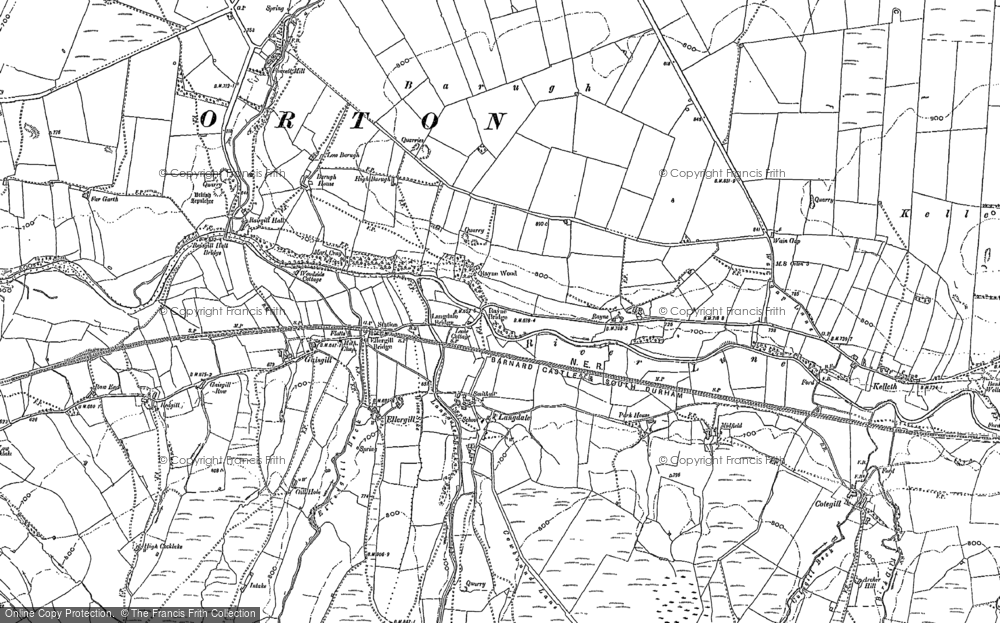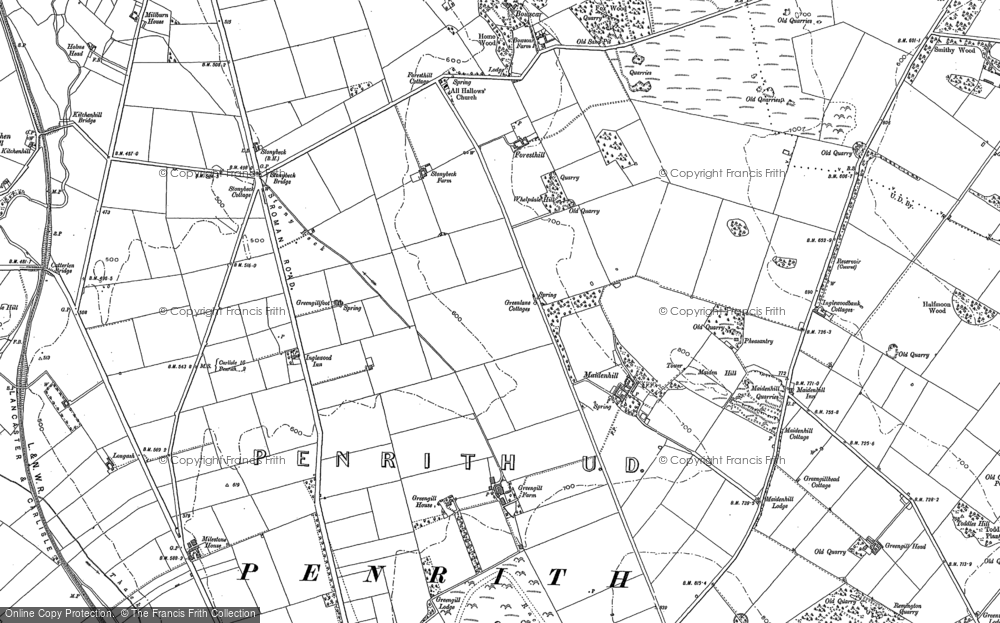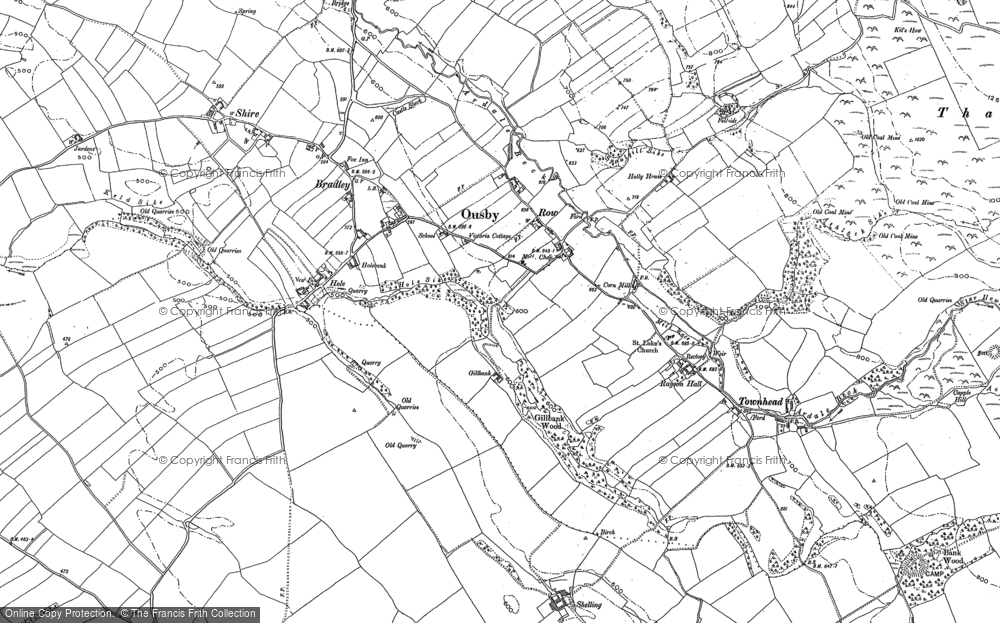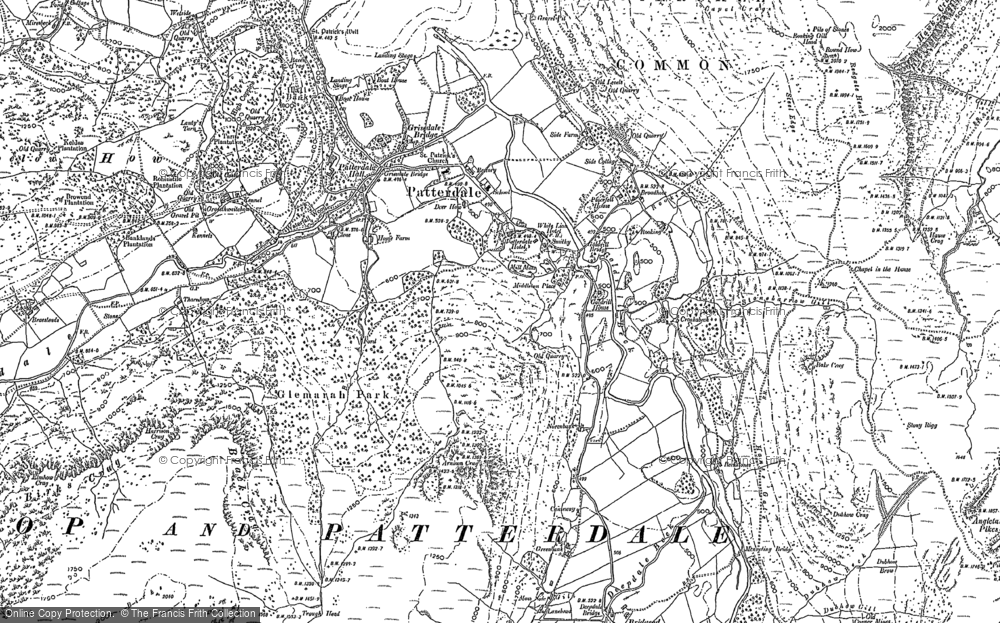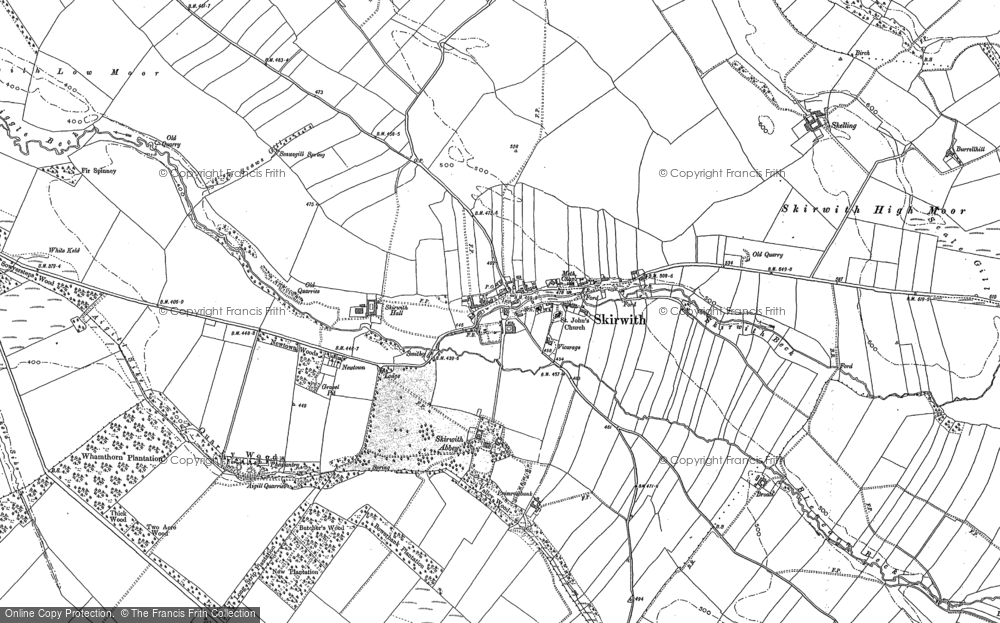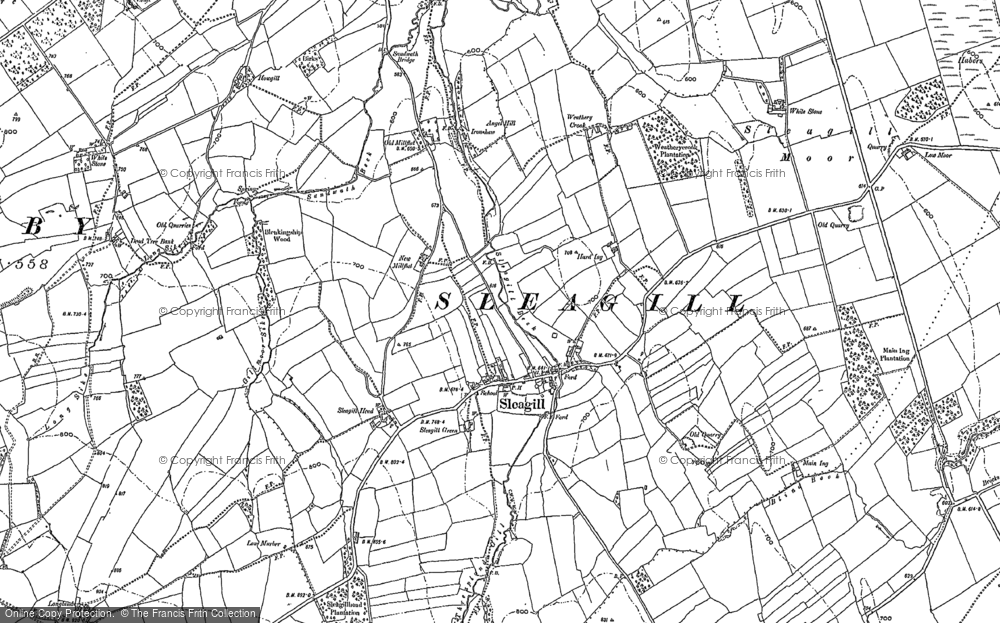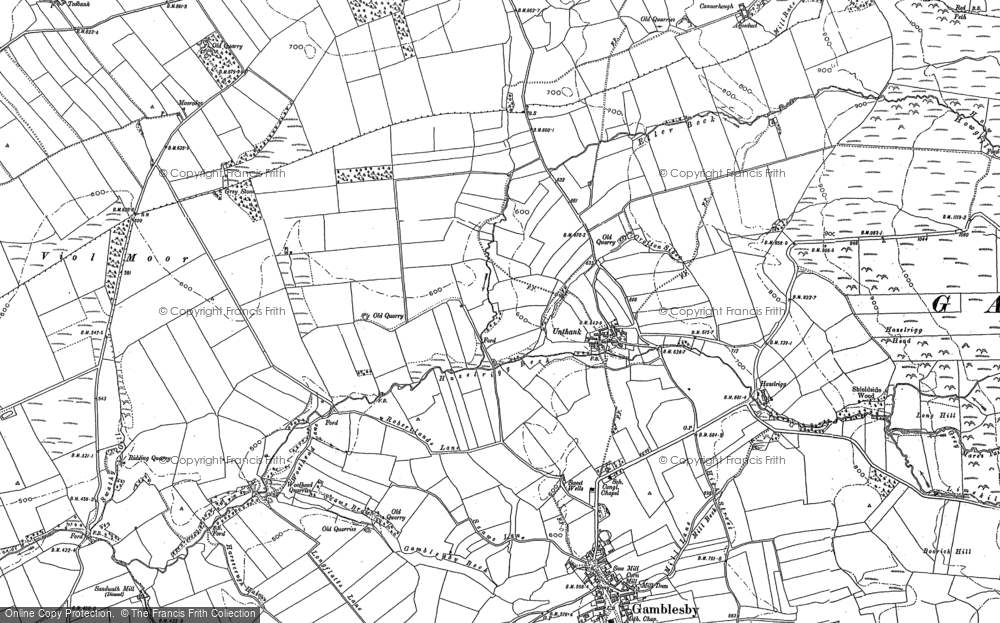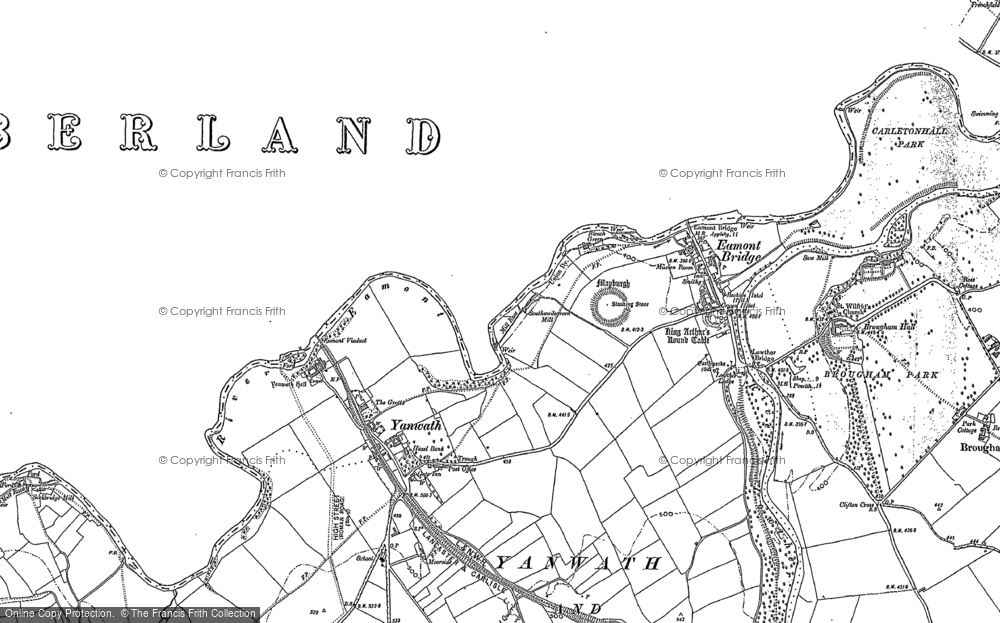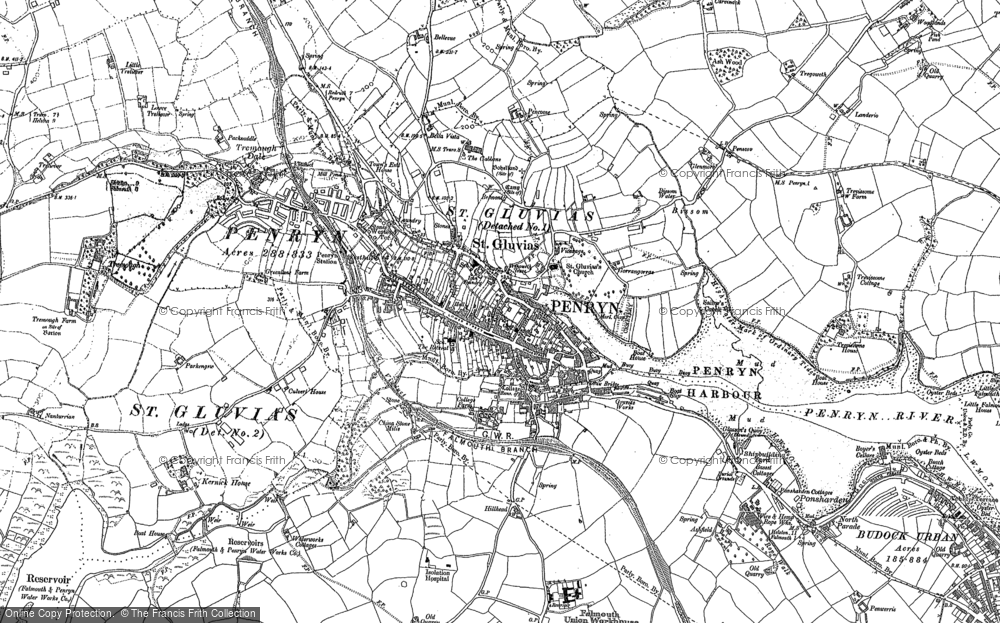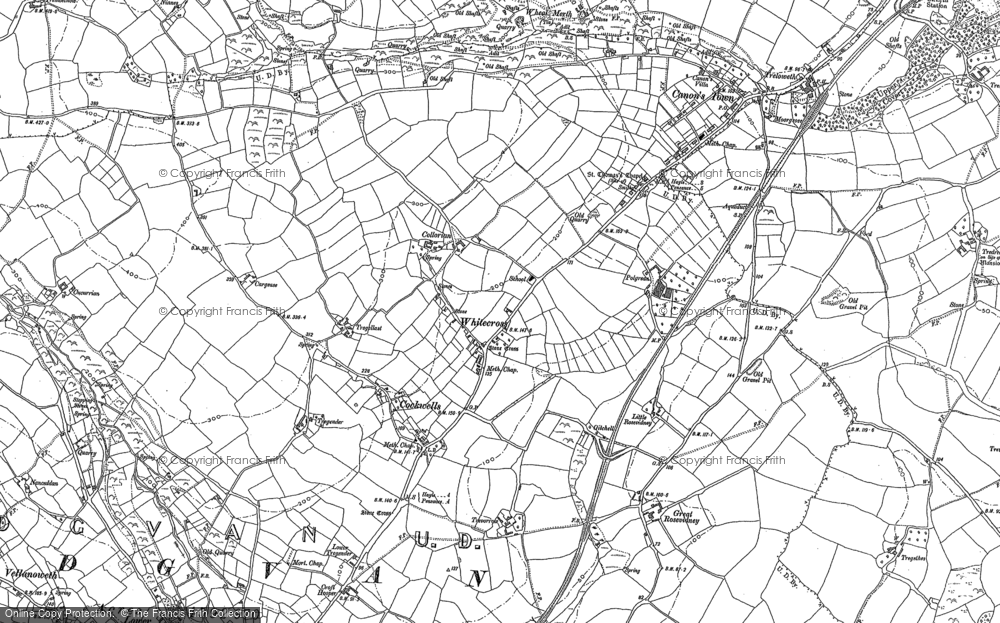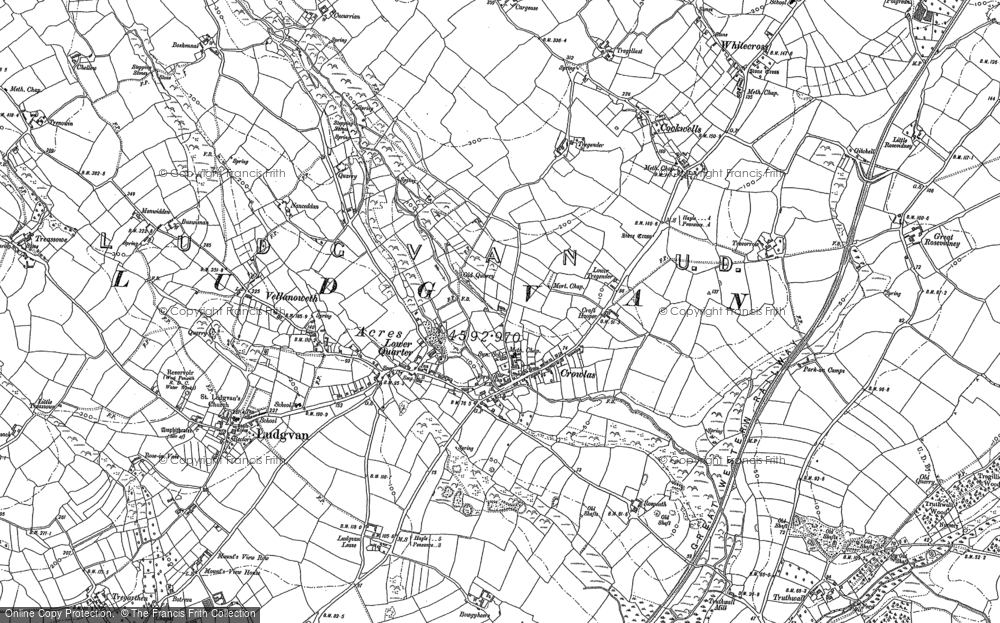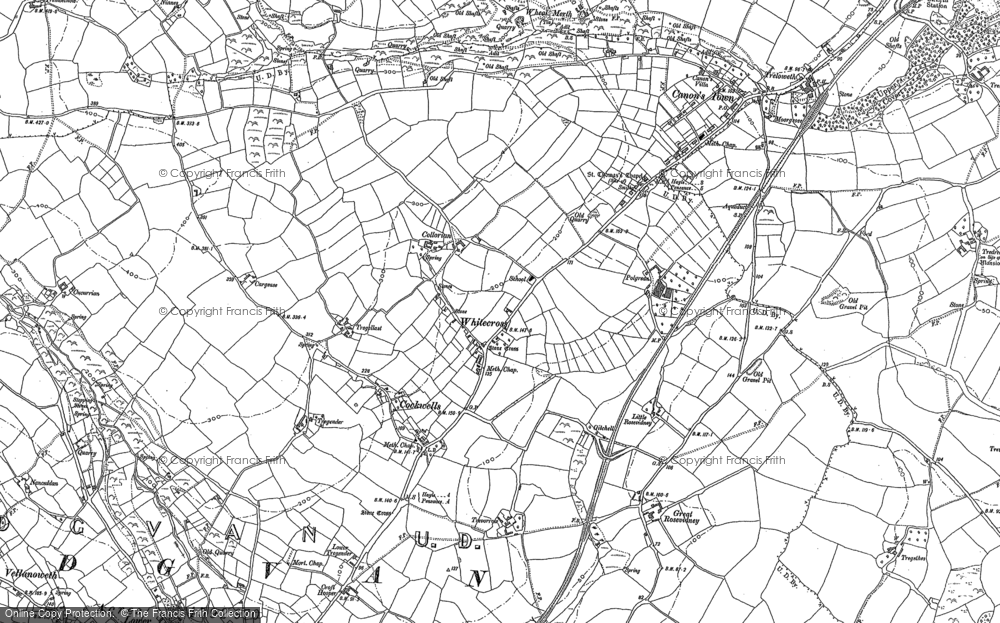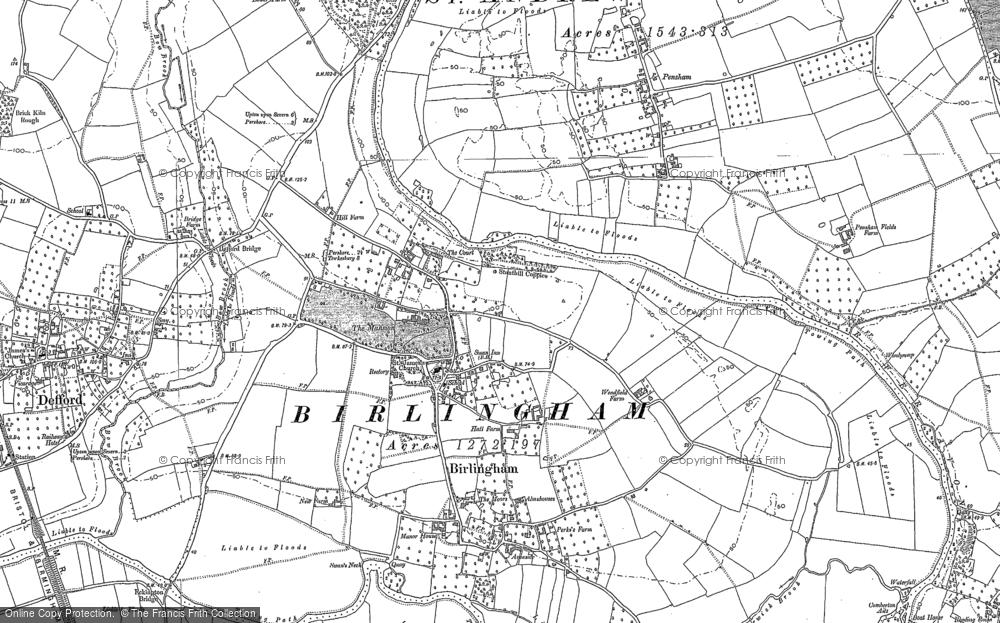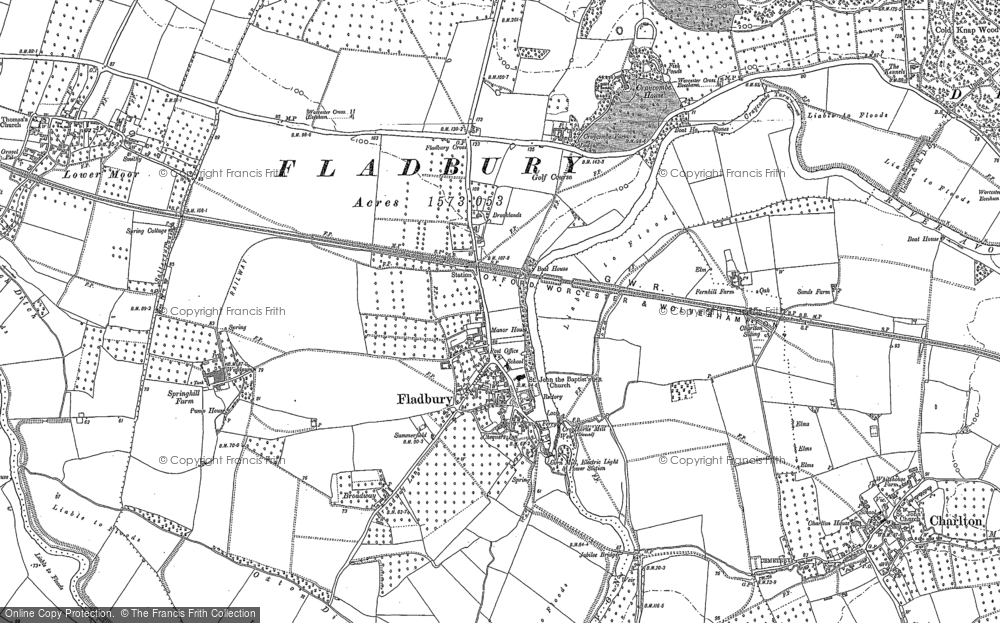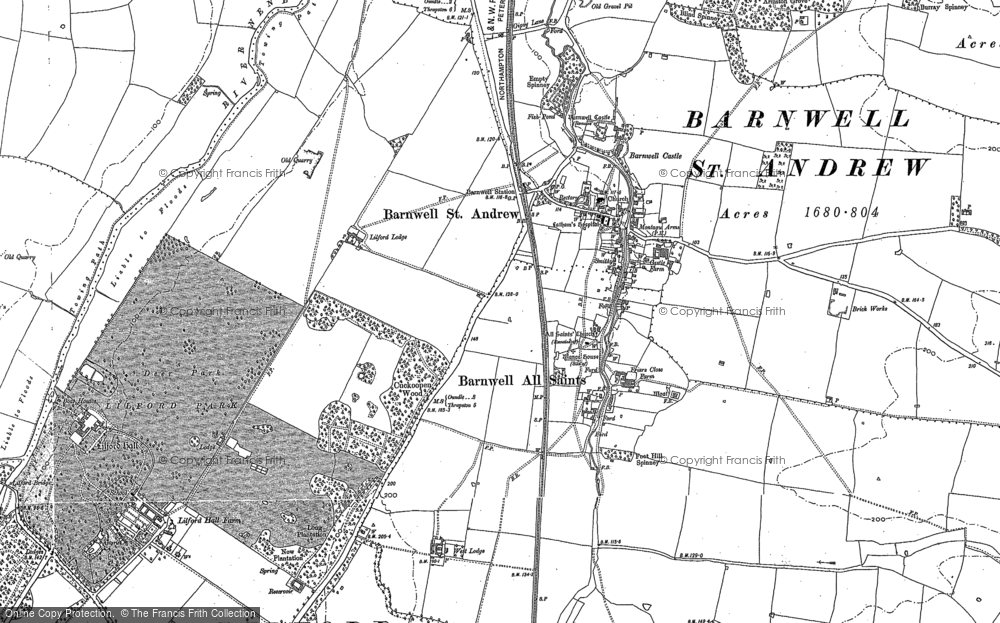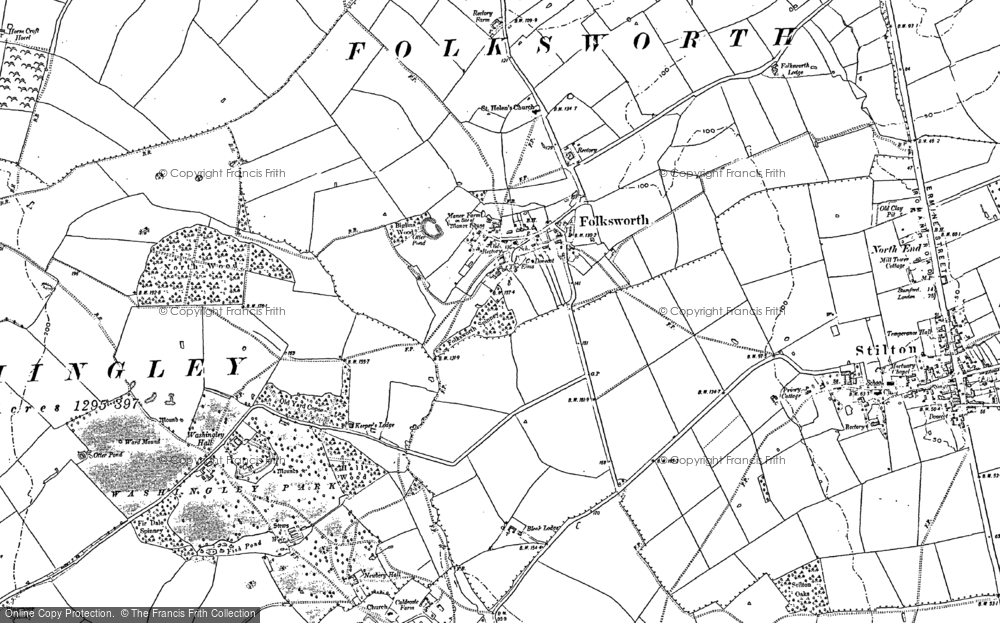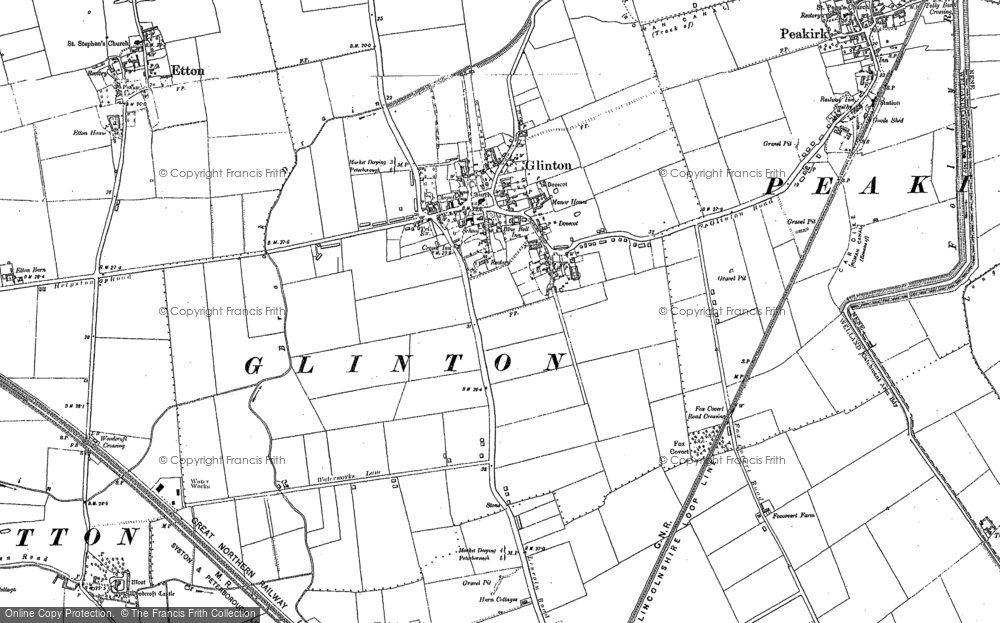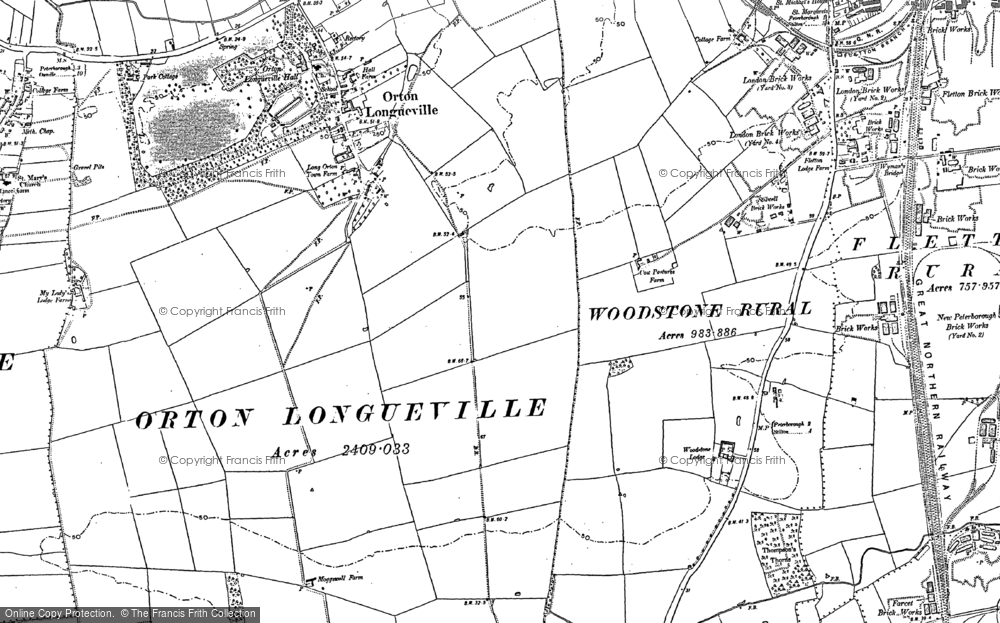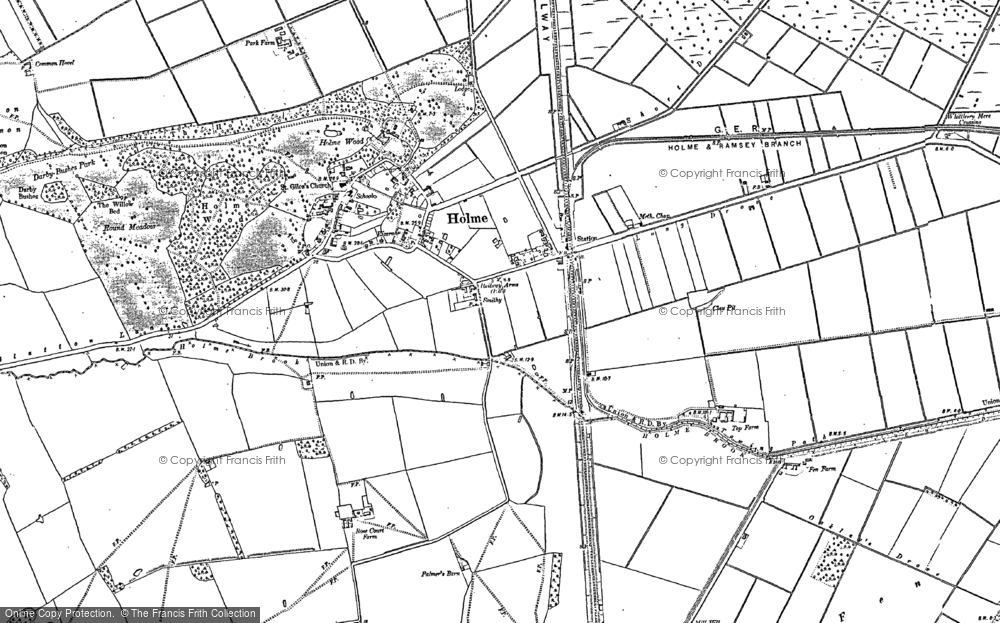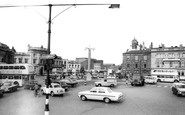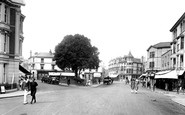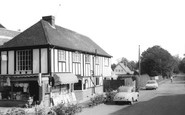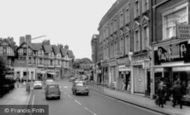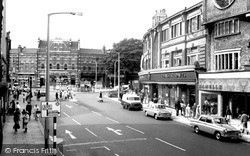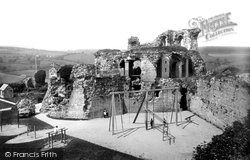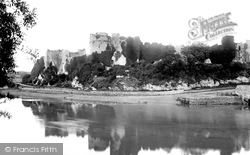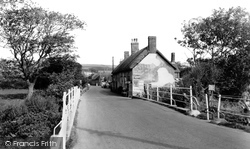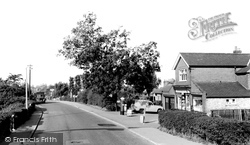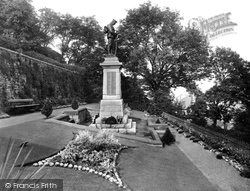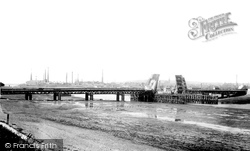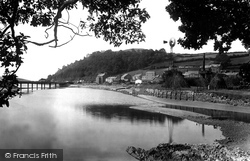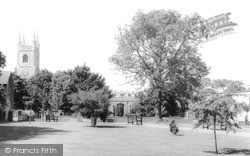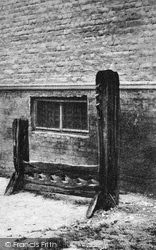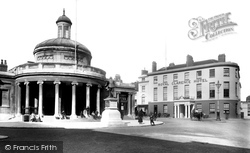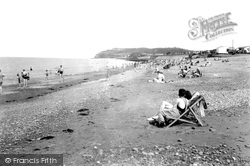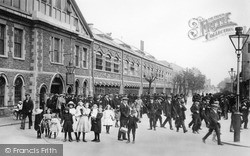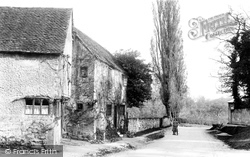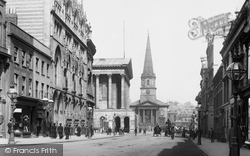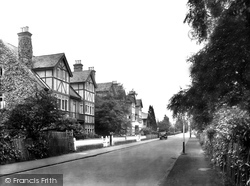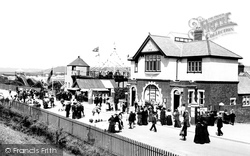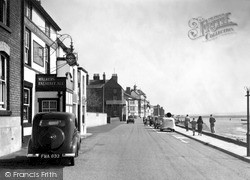Places
36 places found.
Those places high-lighted have photos. All locations may have maps, books and memories.
- Shanklin, Isle of Wight
- Ventnor, Isle of Wight
- Ryde, Isle of Wight
- Cowes, Isle of Wight
- Sandown, Isle of Wight
- Port of Ness, Western Isles
- London, Greater London
- Cambridge, Cambridgeshire
- Dublin, Republic of Ireland
- Killarney, Republic of Ireland
- Douglas, Isle of Man
- Plymouth, Devon
- Newport, Isle of Wight
- Southwold, Suffolk
- Bristol, Avon
- Lowestoft, Suffolk
- Cromer, Norfolk
- Edinburgh, Lothian
- Maldon, Essex
- Clacton-On-Sea, Essex
- Norwich, Norfolk
- Felixstowe, Suffolk
- Hitchin, Hertfordshire
- Stevenage, Hertfordshire
- Colchester, Essex
- Nottingham, Nottinghamshire
- Bedford, Bedfordshire
- Bury St Edmunds, Suffolk
- Aldeburgh, Suffolk
- St Albans, Hertfordshire
- Hunstanton, Norfolk
- Chelmsford, Essex
- Bishop's Stortford, Hertfordshire
- Peterborough, Cambridgeshire
- Brentwood, Essex
- Glengarriff, Republic of Ireland
Photos
9,106 photos found. Showing results 8,561 to 8,580.
Maps
181,006 maps found.
Books
11 books found. Showing results 10,273 to 11.
Memories
29,058 memories found. Showing results 4,281 to 4,290.
Bombing In Petts Wood
The night our ceiling fell in, is vivid in my memory, I lived in Fieldway, Petts Wood which backed on to Eastbury Avenue, on the night of the bombing a bomb fell in Eastbury Avenue, my parents, myself, brother, sister ...Read more
A memory of Petts Wood in 1940 by
Drake Street.
Although we lived in Spotland, our family Doctor was a Doctor Gordon a brusque Scot whom I was Little afraid of. His surgery was at the top left side of Drake street. Just after the war. They did house calls in those days. The surgery ...Read more
A memory of Rochdale by
Teignmouth In The 1970's
Teignmouth was a very different place then. You could use 2p's to go on the rides which used to be dotted a long the seafront, also there wre lots of boat trips you could go on. Even the train fare was cheaper, there ...Read more
A memory of Teignmouth in 1975 by
The Corner
It looks to me, that this view is of Hayters shop on the corner of Church road and The Park. We lads would go in to buy sweets and stuff. The Barn Hall is opposite.
A memory of Great Bookham in 1940 by
Looking For Relatives Who Lived In Willesden
I live in Australia but my great grandparents lived at 19 Leopold Rd Willesden. Apparently they were a railway family - my grandfather was Charles Holliss - his dad was John Holliss - other kids in the ...Read more
A memory of Willesden by
Mill Lane
Hi Everyone i also grew up mostly on mill lane estate (woodlands ave ) and went to St Marks School (head Master Mr Thorpe) you all have jogged my memory to fantastic times around woodley. i also remember snuches ha ha played ...Read more
A memory of Woodley by
Cronkeyshaw Junior School
I'm writing about my memories of Cronkeyshaw School. It was situated to the north of Rochdale Town Centre in the corner of a large open common grassland area, Cronkeyshaw Common, opposite Falinge Park. After school each day ...Read more
A memory of Rochdale in 1955 by
A Life Time Ago
I would like ti know if there are any of my old mates are still there my name was ina Namylor loved living there. my head teacher was mr browm my first teacher was mrs neil mr smith to words the end as I left to go to England I left ...Read more
A memory of Twechar
Boots Sells Salts. Salts Sells Boots
Loved the counters in Salts and the fact that I could put things "on account" My mother was born in the jewelers/pawnbrokers shop just a couple of doors away from Salts. A member of the Dinnis family which has only recently given up the unequal fight
A memory of Swadlincote in 1950
Your search returned a large number of results. Please try to refine your search further.
Captions
29,158 captions found. Showing results 10,273 to 10,296.
The buildings here reflect the early 20th-century origins of Palmers Green; the triangle is all that remains of the original green.
Throughout the First Civil War, both town and castle were held by the Royalists, and as such was one of the last to surrender.
Without doubt, Pembroke is one of the most impressive defended sites in Wales.
Overlooking the River Asker and Happy Island, north-westwards to Watton Hill (centre) as a Great Western Railway pannier tank engine (right) steams out of Bridport Station (far left) with a goods train
Taken from the bridge over the River Bride, this view looks northwards into the southern section of the High Street.
In the residual hedgerows and trees lie clues to an 18th-century rural landscape; the enclosures of the 1760s were hated by John Clare, the Northamptonshire poet, for its deleterious effect on the
The castle grounds were purchased from Lord Montagu and passed to the people of Clitheroe in 1920. Essential work on the grounds cost £15,000, which was found by fund raising.
The expanding population of Walney meant that a bridge to replace the ferry became essential. It had to be an opening bridge to allow the passage of shipping up the channel to some of the docks.
Trains from Ulverston to Lakeside no longer cross the viaduct spanning the channel of the River Leven – it has gone to make way for A590 improvements.
Following the death of the owner, the site was acquired by the town and first opened to the public in 1960.
A four-hour period in the stocks was the usual reward for misdemeanours such as blasphemy, drunkenness, vagrancy or breaking the Sabbath.
By 1900, the citizens had erected a statue in front of the Market Hall of the great Admiral Blake, who was born in Bridgwater in 1598.
After the historic riches of Dunster we descend, physically as in other ways, to Blue Anchor Bay, a seaside resort with a long beach and little character.
The sheer size of the building indicates the importance of the railway to the town.
Travellers on the A25 cannot fail to see the scars on the south side of the North Downs that were once the Betchworth quarries.
The institute, which offered a range of evening classes for workers, and was famed for its penny lectures, was one of the earlier projects linked with a major redevelopment of the town centre
The arrival of the railway in 1878 was one of the reasons for its growth.
The house was built for Sir Thomas Eden in c1593, of which only this range remains.
Ashburton was the terminus of the nine-mile branch of the Buckfastleigh, Totnes and South Devon line, which was completed in 1872.
We can see the entrance to the Switchback Railway (which arrived in Barry in 1887) on the left, with cloakrooms and toilets on the right.
Like Macclesfield and many other small towns around, Wilmslow was to develop enormously in the 18th century with the introduction of industries linked to local silk and cotton mills.
St Mary's Church stands overlooking the old village green; it once served a parish that included the then small hamlet of Congleton nearby.
Overlooking the Gayton Sands, Parkgate now attracts bird watchers rather than travellers on their way to Ireland. Much of the land around here is now owned by the RSPB.
The horse-drawn carts in the fore ground have yet to be superseded by motor transport, even in this comparatively late stage of mechanised development.
Places (6814)
Photos (9106)
Memories (29058)
Books (11)
Maps (181006)




